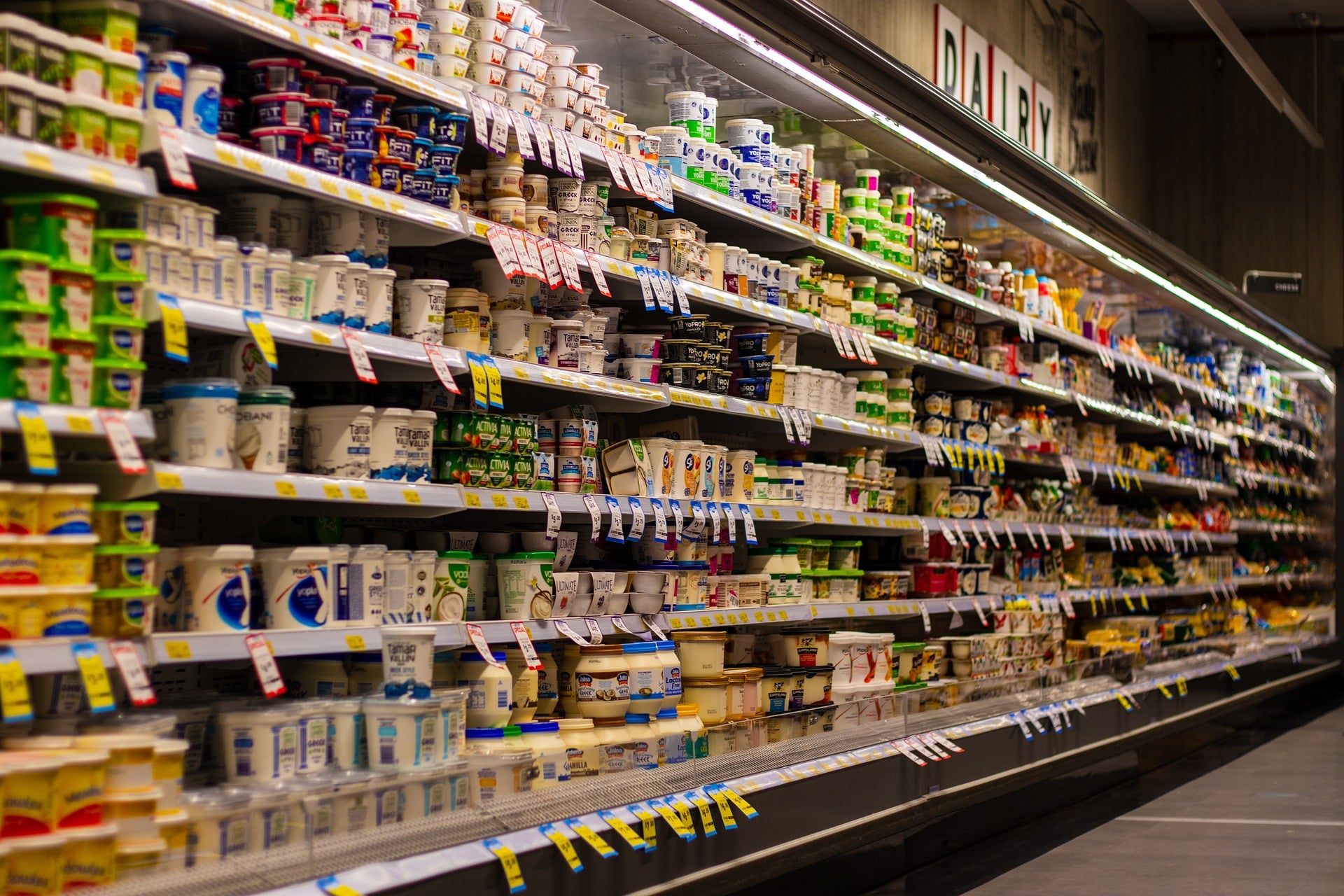Consumers want information when grocery shopping, but information overload can happen.
Grocery shopping is an important and required task. For some it’s fun, while for others it’s a chore. When walking those aisles or scrolling online, you may find yourself struggling with what to buy. Some information can be helpful in making that choice, while too much can have you questioning just what it is you’re buying.
“Nutrition has just become so confusing to consumers,” Kim Breshears, chief marketing officer for Potatoes USA, says during the April 26 episode of Seed Speaks. “We have to keep getting the right information that’s out there so that consumers can make wise decisions.”
While consumers say they want nutrition information and that they look at it when shopping, data shows that isn’t always the case. A study done looked at eye tracking to see what consumers look at on screen — is it the nutrition information or are they looking at something else such as the picture of the food product?
“Even though they’re reporting high nutrition label use, their self-reporting is higher than their objective measure for actually using that nutrition label. So again, we know they want nutrition, we know there’s interest in nutrition and higher awareness of nutrition. But again, it remains inconsistent,” Leslie Redmond, assistant professor in the department of food and human nutritional sciences at the University of Manitoba, explains during the episode.
However, Redmond adds research shows if nutrition information is provided, consumers will perceive a product to be healthier than others. But research also shows characteristics, such as taste, flavour, appearance and texture, are important to consumers and if those criteria aren’t met than labeling for nutrition isn’t always enough to make someone buy something.
Diet trends can also impact what people are buying and the information they receive about their food. For example, while the trend towards more people going gluten free has led to increased options for gluten-free products for those with health issues, it has also created instances where products that have always been gluten free are being labelled gluten free.
“That’s introducing confusion to the market. If I see a gluten-free water … then I’m thinking well, does that mean other water has gluten? And if I don’t buy the one that says gluten free does that mean all the other ones, have it? So, it’s introducing confusion to the marketplace — we just have to be really careful,” Redmond says.
One aspect of grocery shopping that is shifting is food appearance. With more people now shopping for groceries online and movements such as the ugly produce push, consumers aren’t being as picky anymore about how their food looks.
“Consumers aren’t necessarily going into the store as frequently as they were before and choosing products based on appearance. Now that doesn’t mean that appearance isn’t important to a consumer. But I think weighing nutrition and the value that that product delivers to their lifestyle is probably of paramount importance,” Breshears says.
The shift to more online shopping is also reducing “impulse purchases”. Redmond says studies are finding there’s lower spending on unhealthy and impulse sensitive items such as frozen desserts or grain-based desserts with online shopping, compared to when people grocery shop in person.
Related Articles
Canada Developing First-ever Grocery Code of Conduct





